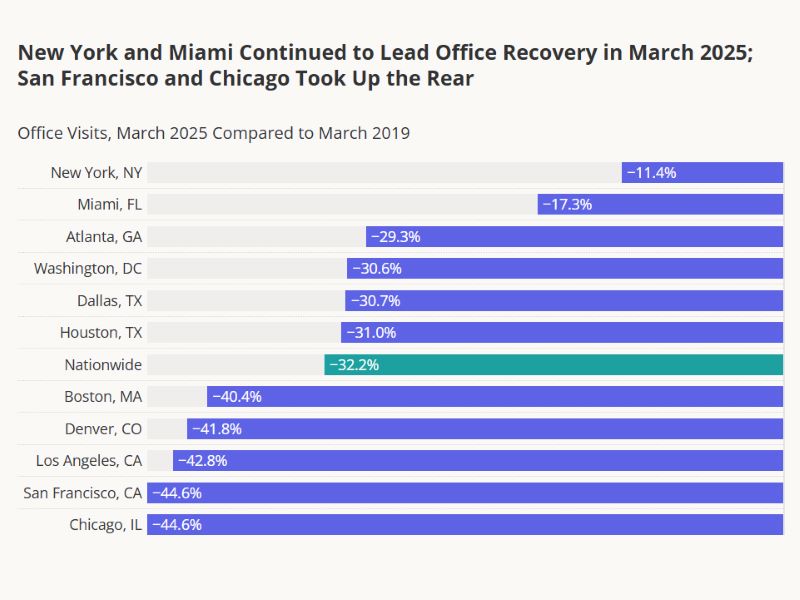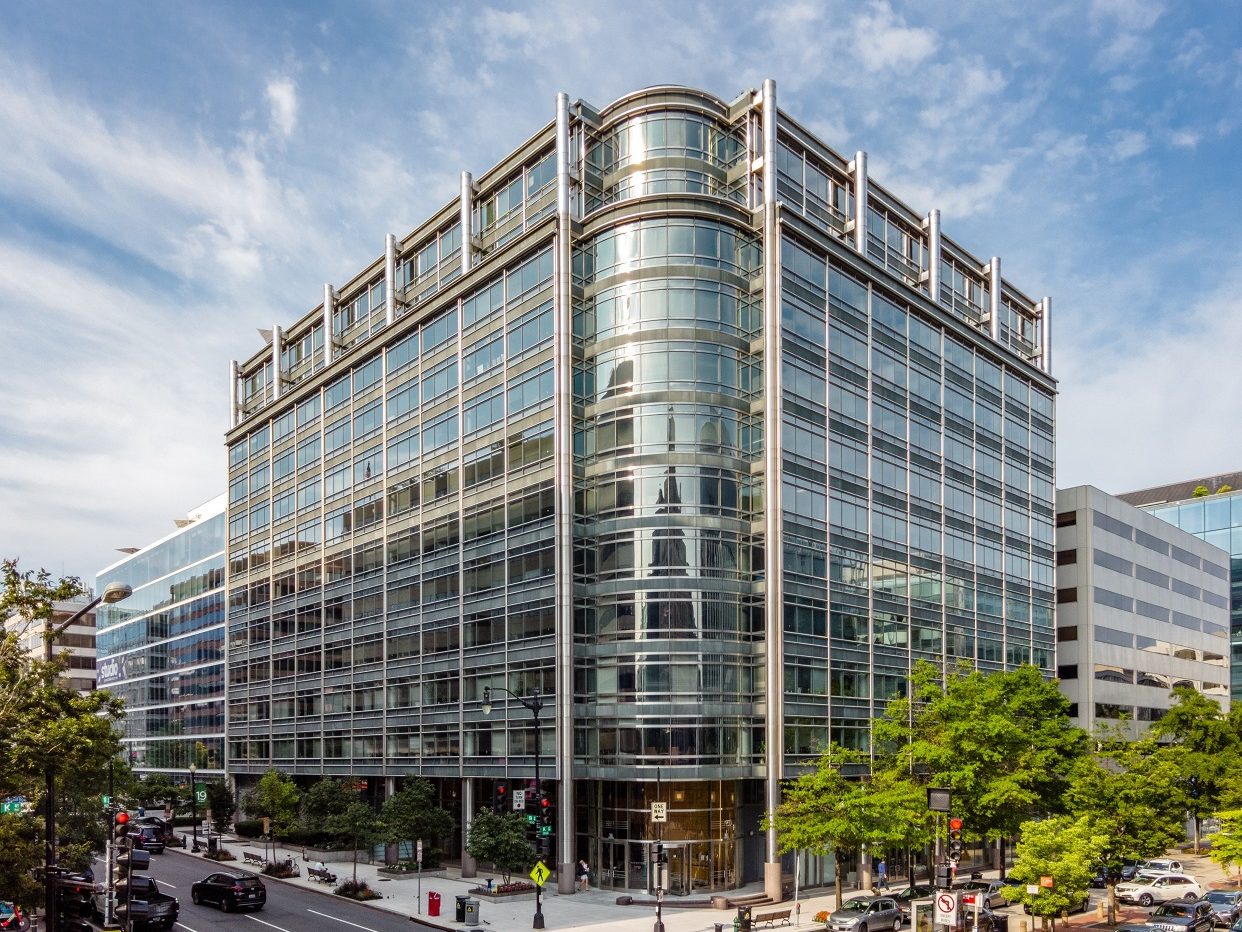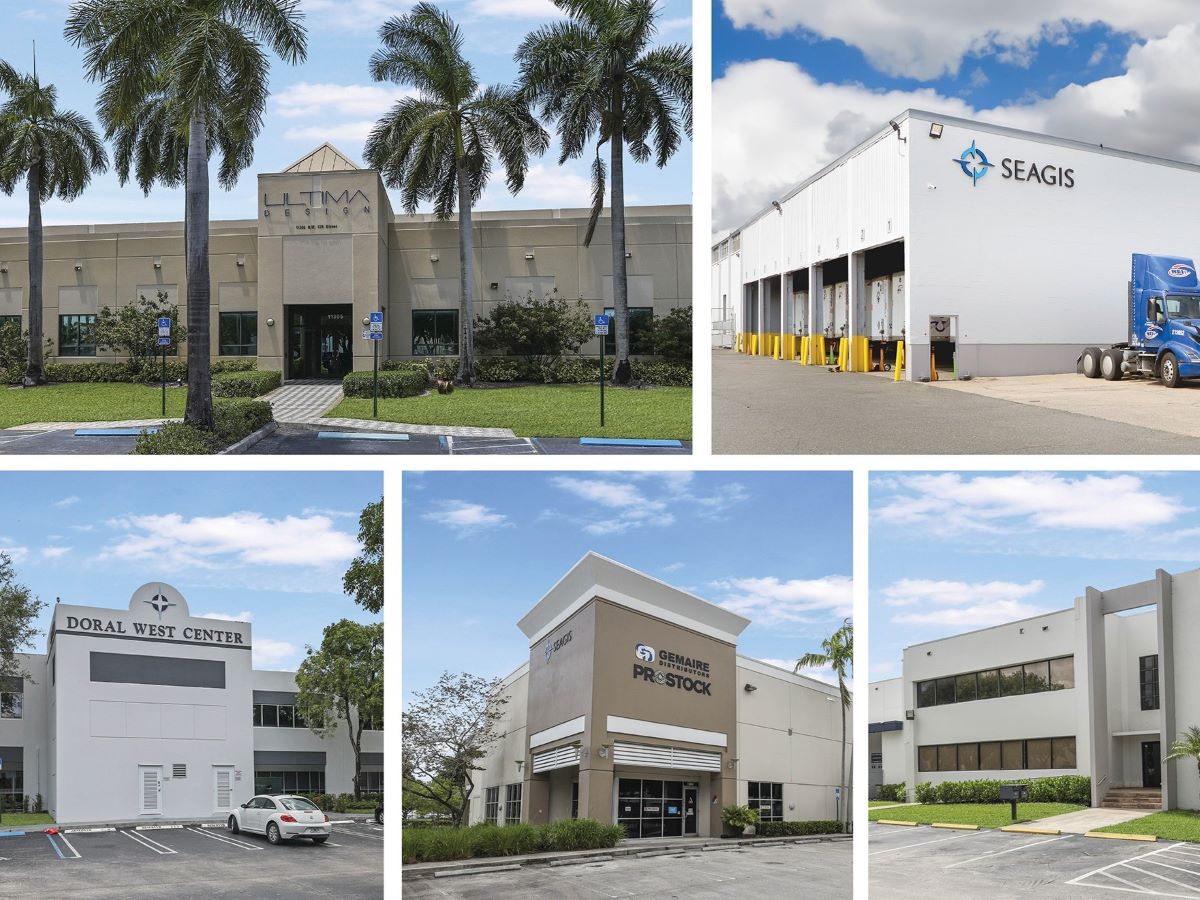Getting Into the Heads of Office Tenants
How to shift brokerage strategies and stay current with today’s office environment.

Highly-amenitized Class A buildings like Zero Irving in New York City are capturing a lot of attention from tenants and high rents. Image by Davis Brody Bond courtesy of August PR
Much of the news around office space can make the situation appear rather bleak. This isn’t quite the reality, however. For brokers, there are also positive aspects to today’s market.
Across the nation, for example, high-quality office assets are getting leased at lighting speed. Companies are searching for the best, most highly-equipped office product available and competing at high rental prices for a secured lease.
“In the midst of a transformative bifurcation between traditional and cutting-edge offices, we are seeing a shift toward community magnets, those assets that are enticing tenants with amenitized and experiential spaces,” Jonathan Pearce, head, investments, office and life sciences, United States for Ivanhoé Cambridge, told Commercial Property Executive.
READ ALSO: How Lifestyle Offices are Redefining Work-Life Balance
As of October, the national average full-service equivalent listing rate was $37.77, a 0.4 percent decrease over the year, CommercialEdge data shows. Further, the vacancy rate is up 150 basis points on a year-over-year basis to 17.8 percent. These numbers don’t tell the full story for every asset type, though.
“The newly constructed AAA office assets are definitely a bright spot,” said Terence Kirk, executive vice president, Lincoln Property Co.
While some Class A buildings may be the most attractive in terms of amenity and physical space appeal, many tenants are finding that Class A offices don’t have the most compelling economic value, according to Adam Henick, co-founder, Current Real Estate Advisors. Therefore, another plus for brokers is the availability of more economically viable spaces as well.
“One of the ironies over the past couple of years is that we’re seeing some of the highest vacancy numbers that we’ve seen, but you’re also seeing some of the highest rents price per square foot that tenants have ever paid,” Henick said. “It’s a tale of two markets.”
What tenants want
In an effort to get employees to return to in-office work, companies are seeking out the best bang for their buck. Therefore, Kirk noted that the flight to quality trend remains as strong as it has been for the past several years.
“I expect demand for the highest quality office space in virtually all major markets to remain healthy for the foreseeable future despite the macroeconomic headwinds impacting commercial real estate more broadly,” Kirk said.
But, while a nice kitchen space, coffee area, meeting room and perhaps even a fitness center are all encouraging features, a growing number of employers are taking it a step further—incorporating sustainability, for example—to enhance the overall experience, Pearce explained.
“State-of-the-art amenities are nothing new for the Class A office world, but a captivating evolution is underway, where cutting-edge amenities that seamlessly blend sophisticated hospitality features and advanced technology while also spearheading environmental, social and governance initiatives are redefining the work experience and positively impacting the communities they serve,” Pearce said.
Amenities aside, one thing that is becoming increasingly difficult is mapping out how companies are utilizing their office space to maximize efficiency.
“Space planning has become a more challenging task than it perhaps used to be because companies are trying to plan for how many days a week different sections of their workforce are using the office,” Henick said. “Is everyone going to have a dedicated desk? Are they going to employ a hot desking concept?”
Layouts are becoming far more specific to varying business types, Henick observed. For example, venture capital companies are increasing their square-footage space in office buildings for more event spaces and additional rooms to invite portfolio companies to come and work out of. Financial service companies and law firms are following a similar trend.
On the other hand, many tech companies are rightsizing and downsizing their footprints. Therefore, many of these tenants value flexibility in a lease agreement rather than the size or bells and whistles.
“In the past, square footage may have been one of the leading inputs, whereas now I think that square footage is an output that comes from a prioritization and functionality,” Henick said.
Brokerage strategies
Disruption to the office market means disruption to the office brokerage space. With national leasing volume down by some 40 percent since before COVID-19, according to an Avison Young report, even industry veterans are needing to reevaluate traditional strategies.
“Connecting with both the tenants’ and the end users’ needs and viewing the office as a destination rather than an obligation is paramount when looking at how to shift strategies and stay up with the latest office trends,” Pearce said.
Another key is being flexible and having access to as much data as possible to enhance the effectiveness of leasing strategies.
Kirk’s advice to brokers in this environment is to wait to prescribe any client solution until a proper diagnosis of the need or problem can be made.
“Brokers tend to get bogged down with asking rents, comps, tenants in the market, etc.,” Kirk said. “While these are important factors and you can’t lose sight of them, it’s imperative that you understand your client’s enterprise-wide challenges and goals and are actively solving them.”
In light of high interest rates and a volatile economic environment, office brokers now have to factor in landlord-facing complications as well.
“It’s highly typical when we’re negotiating a lease transaction that the landlord is super focused on the credit of the tenant…,” Henick said. “Now more than ever, we’re seeing increasing questions from the tenants on what is the nature of the credit on the landlord side.”







You must be logged in to post a comment.